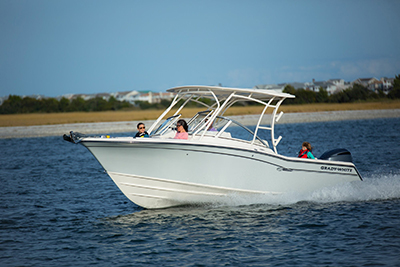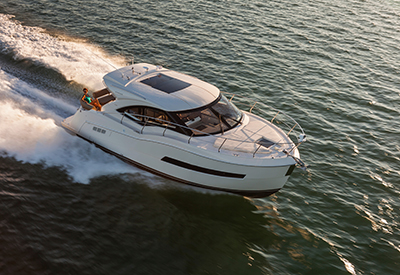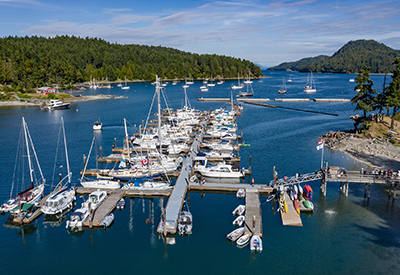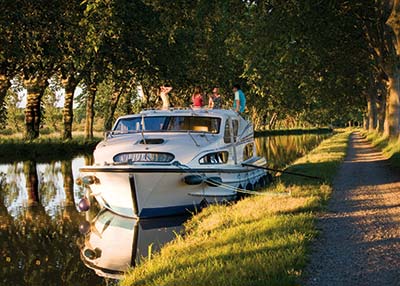America’s Cup on boil – Triple Gold medalist dies – Salthouse moves
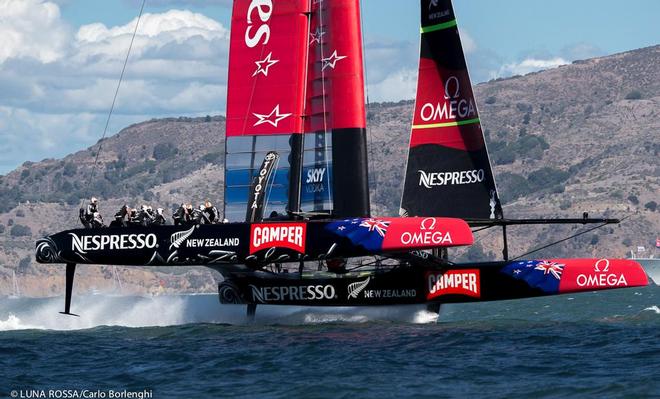
The release of the Protocol for the 35th America’s Cup came somewhat unexpectedly.
Although the smoke signals had been coming from various camps for several weeks, few took the indicators that seriously, and hoped that sanity would prevail.
What has been published is probably a more fraught 2007 document than that published by Societe Nautique de Geneve in cahoots with their puppet challenger Club Nautique Espanol de Vela (CNEV). That very cosy arrangement, which grabbed most of the rights of the Challengers for the Defender, was immediately taken to Court by the Golden Gate Yacht Club.
Most in the sailing world supported this action, as the America’s Cup needed to be preserved for what it was intended to be – a Challenge Trophy. A lot of hard decisions lie ahead of Emirates Team NZ Carlo Borlenghi/Luna Rossa©
A lot of hard decisions lie ahead of Emirates Team NZ Carlo Borlenghi/Luna Rossa©
The general media can well understand the deviation from the same principles that are inherent in the latest Protocol.
Their catch-cry is the ability of the Defender to both sail in the Challenger Series and have two boats. Plus maybe taking a point from the proposed Qualifying Series into the Match.
As part of their settlement offered by GGYC, and not accepted, by Alinghi in the 2008 standoff were two points in a list of 10:
1. The Defender can race in the Challenger Round Robins, Challenger Sail-Off and Challenger Secondary Series. The Defender cannot sail in the Challenger Semi Finals and Final.
2. Each Challenger and the Defender may be limited to building only one new boat. As a result of this change, and as consideration for allowing the Defender into the Challenger selection series, there can be no Defender selection series.
Valentin Mankin coaching at Lake Garda, Italy in 2010 Eugenia Bakunova
It seems that six years later, with Golden Gate YC now the Defender, there has been a change of heart – with the Defender both sailing in the Challenger Series and having two boats, while the Challengers are limited to just one – ‘as a cost saving measure’
Other points in the list of ten, dealt amongst other issues with the way the Arbitration Panel was established. The Arbitration Panel was dropped in favour of an International Jury in the 2013 America’s Cup.
It is on that point that the biggest issue lies with the latest Protocol. The way the Protocol has been written, the role of the International Sailing Federation has been significantly diminished, and rights that the ISAF has in its Regulations are being neutered.
The International Jury is a big shield for the Challengers against the excesses of this Defender – who in the last cycle twice lost significant cases (and won a couple more of equal significance). They also had five of their team members named for cheating, plus the Defender was fined $250,000 for the same offence.
Giles Scott – Finn – 2014 Sail for Gold Regatta, Day 2 © Paul Wyeth / RYA
Not surprisingly the International Jury seems to have fallen from grace in this Protocol.
In this edition, we present a light analysis of the issues in the Protocol.
Whether they are sufficient to deter teams from entering remains to be seen. The issue of the Venue is significant but will come down to a choice between San Francisco or San Diego – same coast, same country.
What will be ridiculous is if after 15 months of prevarication, on December 31, 2014, GGYC decide that they can go back to San Francisco, their home waters, to stage the 35th Match. That decision would come 12 months after the City of San Francisco put a deal on the table which would allow accommodation for several teams in the downtown area.
The only silver lining in the Protocol, for Kiwis, is that on the timeline for the event, the Qualifying Round would seem that it has to be held in the Southern Hemisphere, and that would seem to boil down to a choice between Auckland or Sydney.
Volvo Ocean Race: Skipper Charles Caudrelier appreciates the freeze dried food onboard as Dongfeng cross the Atlantic Dongfeng Race Team
But the rest of it will require some very hard talking, if teams are to enter – and the best that can be said for the current document is that it is published. Now it enters a phase where it can be changed and amended, as its predecessor was hacked into shape.
A strategy at this stage could be for the major teams – Luna Rossa, Team New Zealand and Ben Ainslie Racing – backed by Sir Keith Mills, to put their heads together and work out a basis on which they would be prepared to enter – and negotiate from that position with the Challenger of Record and Defender.
Far from being a Protocol, which changed the America’s Cup dynamic, the 35th Protocol looks set to be more of the same – with a lot of hard talking and negotiation ahead. Ben Saxton-Hannah Diamond – Nacra17 – 2014 Sail for Gold Regatta, Day 3 © Paul Wyeth / RYA
Ben Saxton-Hannah Diamond – Nacra17 – 2014 Sail for Gold Regatta, Day 3 © Paul Wyeth / RYA
The only point of agreement is on the AC62 class, and maybe that is a good starting point.
Armin Strom Sailing Team – GC32 Austria Cup Sander van der Borch ©
But there are some major issues to be overcome with the rest of the 78 page document if the 35th America’s Cup is to be all it could be.
Good sailing!
Story courtesy of Richard Gladwell
NZ Editor
sailworldnzl@gmail.com
2014 Loro Piana Superyacht Regatta, day 1 – Magic Carpet 3 © Ingrid Abery
2014 Loro Piana Superyacht Regatta, Day 1 Carlo Borlenghi ©
2014 PKRA Red Sea Kitesurf World Cup, day 2 © Toby Bromwich / PKRA

